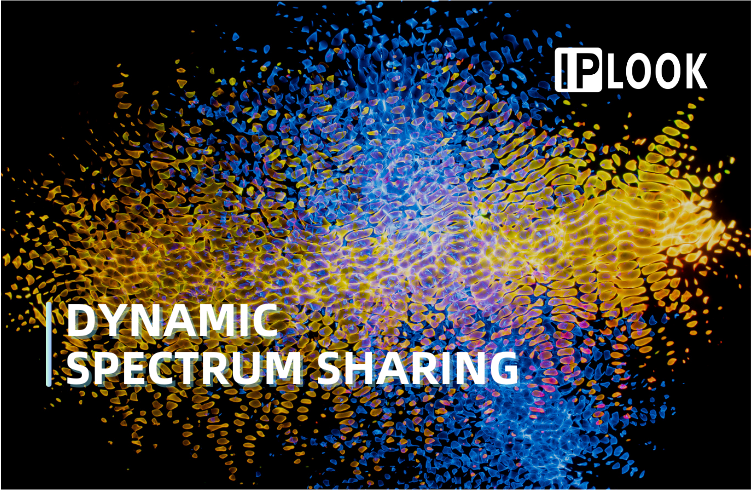
With the ever-increasing demand for faster and more reliable wireless connectivity, the need for efficient spectrum utilization has become more pressing than ever. This is where Dynamic Spectrum Sharing (DSS) comes in.
DSS enables the sharing of spectrum resources between 4G and 5G, catering to the ever-increasing demands of data traffic. By swiftly allocating spectrum resources and optimizing device performance within available capacity, DSS paves the way for a seamless transition from 4G to 5G.
Why is DSS Needed?
DSS offers several key advantages:
· Facilitating 5G Coverage Using Lower Frequency Bands: By leveraging lower frequency bands, DSS enables wider coverage for 5G networks, ensuring connectivity reaches more areas and users.
· Smooth Evolution from 4G to 5G: DSS reduces the investment costs associated with deploying dedicated spectrum for 5G. Instead, it allows network operators to dynamically share spectrum resources between 4G and 5G, optimizing resource utilization and minimizing the need for extensive infrastructure upgrades.
· Enabling Standalone (SA) Network Deployment: DSS plays a crucial role in the successful implementation of Standalone 5G networks, where 5G operates independently without relying on 4G infrastructure. By sharing spectrum resources, DSS facilitates the coexistence of both technologies while ensuring efficient spectrum utilization.
· Supporting 5G Carrier Aggregation: Carrier aggregation (CA) is a vital technique in 5G networks that combines multiple frequency bands to enhance data rates and overall network performance. DSS enables the aggregation of carriers across 4G and 5G, further boosting network capacity and delivering improved user experiences.
Principles of Implementation
The design of the 5G NR physical layer shares similarities with 4G LTE, forming the foundation for DSS between the two generations. With comparable subcarrier spacing and similar time-domain structures, DSS becomes feasible between 4G and 5G. The fundamental idea is to schedule NR users within LTE subframes while ensuring there is no interference with LTE users or synchronization and downlink measurements.
Key considerations for implementing DSS technology include:
1. Ensuring the non-conflicting allocation of reference signals, such as Synchronization Signal Blocks (SSB) or Demodulation Reference Signals (DMRS) for 5G NR, and Cell Reference Signals (CRS) for LTE, in terms of time and frequency resources.
2. Inserting 5G NR signals into LTE subframes without causing interference. Techniques that prevent conflicts include Multicast Broadcast Single Frequency Network (MBSFN), mini-slots, and rate matching.
In conclusion, Dynamic Spectrum Sharing revolutionizes spectrum management by enabling agile and efficient sharing of resources between 4G and 5G networks. By leveraging this technology, network operators can optimize spectrum utilization, facilitate broader 5G coverage, and ensure a smooth transition to next-generation connectivity, all while minimizing costs and enhancing user experiences.

